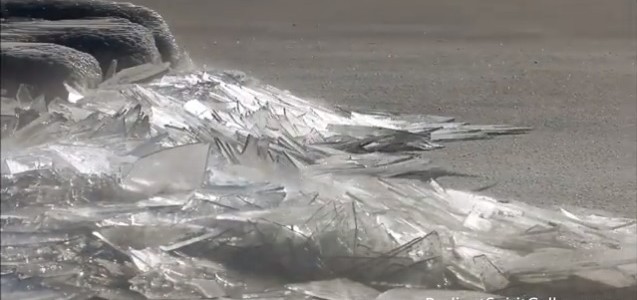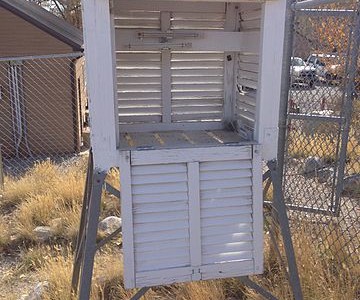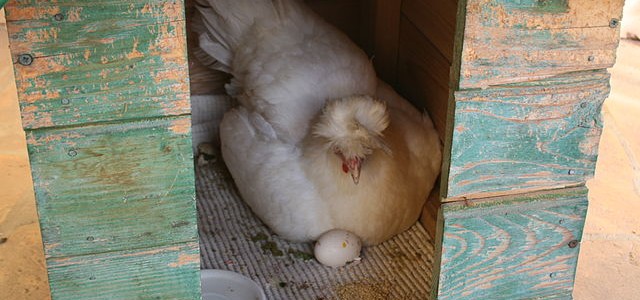Uncategorized
-

Even though climatologists know the general patterns for how El Niño affects climate around the world, each event is unique and the observed patterns don’t always match what we expect. The really warm December across the eastern US this year is an example of how different things can be from the “expected” climate. The latest…
-

Minnesota Public Radio reported this week that the Arctic sea ice reached a new record low for extent in winter on February 17. January temperatures ran 23 degrees warmer than average in parts of the Arctic. That has resulted in the lowest percentage of ice cover on record since satellites began keeping record in 1979. You…
-

In the past two days, friends have sent me very interesting images of cold weather phenomena that I think you would enjoy. One is a mesmerizing video of ice stacking on Lake Superior, which you can view at https://www.mnn.com/earth-matters/wilderness-resources/blogs/ice-stacking-lake-superior. The second is a spectacular image of sea smoke, also known as steam fog, described by Jason…
-

The sound of the wind is described by many names around the world. This essay on the names of the desert wind is a couple of years old but I think a very poetic way to describe the weather that dominates an area with little rain. You can read it at https://www.kcet.org/arts/artbound/counties/inyo/the-hundred-names-of-the-desert-wind.html
-

Another “great” historical weather event happened in February 1899 when a frigid airmass moved from west to east through the country, dropping temperatures and causing the deaths of over 100 people as well as killing numerous livestock and destroying numerous crops, including a large number of orchards in Georgia. You can read more about this…
-

Chris Robbins’ blog at iWeatherNet.com noted that today is the birthday of the National Weather Service. Here is how his entry begins: “The Weather Bureau, now known as the National Weather Service, was established on February 9, 1870 by the 41stUnited States Congress and signed by President Ulysses S. Grant. On March 29, 1870, the…
-

There have been a number of articles published lately on the impacts of warming temperatures that are already being observed on different animal species. Yesterday I published a blog article on the impacts on ocean species. Today I will focus on the impacts of changing climate on chickens and livestock and on cats and dogs.…